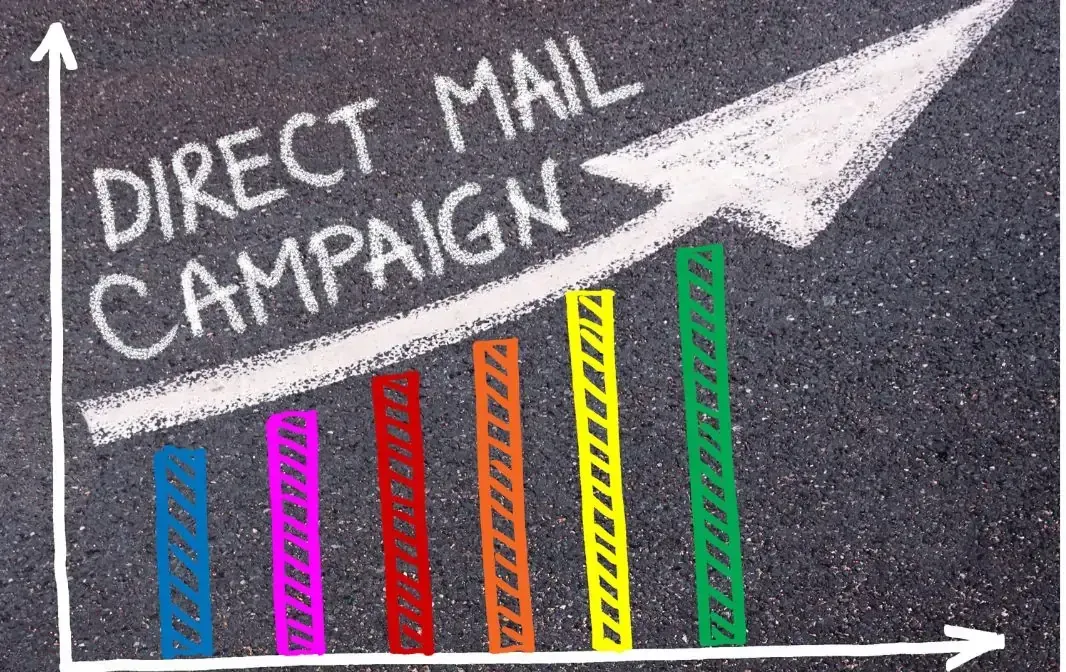Multichannel Marketing for Dentists: Comprehensive Strategies for Patient Growth

In today’s competitive landscape, dentists must leverage multichannel marketing strategies to attract and retain patients. By integrating various dental marketing channels, maintaining consistency in messaging, and effectively tracking performance, dental practices can significantly enhance their reach and patient engagement. This guide explores essential strategies for a successful multichannel marketing approach tailored specifically for dental marketers and dental office owners.
Understanding Multichannel Marketing
What is Multichannel Marketing?
Multichannel marketing involves using multiple communication channels to reach and engage with your target audience. These channels can include digital platforms like social media, email, and websites, as well as traditional methods such asdirect mail and in-office promotions. The goal is to create a cohesive and unified customer experience across all touchpoints.
Why is Multichannel Marketing Important for Dentists?
For dental practices, multichannel marketing is crucial because it allows for:
- Broader Reach: Engaging potential patients through their preferred channels.
- Enhanced Engagement: Creating multiple touchpoints for continuous patient interaction.
- Increased Appointments: Encouraging new patient bookings and retention of existing patients.
Integrating Various Dental Marketing Channels
To implement an effective multichannel marketing strategy, dentists need to utilize a mix of digital and traditional channels. Here are some key channels to consider:
1. Social Media Marketing
Social media platforms like Facebook, Instagram, and Twitter offer powerful tools for reaching potential patients. Use engaging content, patient testimonials, and targeted ads to attract a local audience.
2. Email Marketing
Email campaigns are ideal for maintaining communication with existing patients. Regular newsletters, appointment reminders, and special offers help keep your practice top-of-mind.
3. Search Engine Optimization (SEO)
Optimizing your website for search engines ensures that your practice appears in local search results. Use relevant keywords like “dentist in [your city]” and create quality content to improve your site’s ranking. For more on optimizing your site, see ourSEO services.
4. Pay-Per-Click (PPC) Advertising
PPC campaigns on Google Ads and social media platforms can drive immediate traffic to your website. Target specific demographics and geographical areas to attract patients actively searching for dental services.
5. Content Marketing
Create and share valuable content such as blog posts, videos, and infographics that address common dental concerns. This positions your practice as a trusted resource and improves your website’s SEO.
6. Direct Mail
Direct mail campaigns are effective in reaching local residents. Send postcards or brochures with special offers, new services, or announcements to nearby neighborhoods.
7. In-Office Promotions
Promote your services and offers directly to patients during their visits. Use posters, flyers, and digital screens in the waiting area to highlight new treatments or referral programs.
Consistency in Messaging
Why Consistency Matters
Maintaining consistent messaging across all channels reinforces your brand identity and builds trust with your audience. Consistent messaging ensures that patients receive the same information and experience, regardless of the channel they engage with.
Tips for Consistent Messaging
- Unified Brand Voice: Develop a clear brand voice and style guide to ensure all communications reflect your practice’s personality.
- Centralized Content: Use a content calendar to plan and coordinate your marketing efforts across all channels.
- Cross-Channel Integration: Ensure that your messaging on social media, email, and your website complements each other and drives the same key messages.
Performance Tracking
Importance of Tracking
Tracking the performance of your marketing efforts is essential to understand what works and what doesn’t. This helps optimize strategies and improve ROI.
Key Metrics to Track
- Website Traffic: Monitor visitor numbers, page views, and bounce rates to gauge the effectiveness of your SEO and content marketing.
- Engagement Rates: Track likes, shares, comments, and click-through rates on social media and email campaigns.
- Conversion Rates: Measure the percentage of visitors who take desired actions, such as booking an appointment.
- Patient Acquisition Cost: Calculate the cost of acquiring a new patient to determine the most cost-effective strategies.
Tools for Tracking
- Google Analytics: Provides insights into your website traffic and user behavior.
- Social Media Analytics: Platforms like Facebook and Instagram offer built-in analytics tools to track engagement and ad performance.
- Email Marketing Software: Use tools like Mailchimp or Constant Contact for metrics on open rates, click-through rates, and conversions.
Competitor Insights
Analyzing successful multichannel marketing strategies from industry leaders like HubSpot, MarketingProfs, and Salesforce can offer valuable insights. These companies excel in integrating various channels, maintaining consistent messaging, and effectively tracking performance. Adapting their best practices to the dental industry can significantly boost your marketing efforts.
FAQs
Q1. How can dentists start with multichannel marketing?
A: Begin by identifying your target audience and their preferred channels. Develop a cohesive marketing plan that integrates these channels and ensures consistent messaging. Use tracking tools to monitor performance and adjust strategies accordingly.
Q2. What are the most effective channels for dental marketing?
A: Social media, email, SEO, PPC, and content marketing are highly effective digital channels. Traditional methods likedirect mail and in-office promotions also play a significant role.
Q3. How often should dental practices track their marketing performance?
A: Regularly tracking performance, at least monthly, helps make timely adjustments to improve outcomes. Use detailed analytics to understand trends and optimize strategies.
Implementing a robust multichannel marketing strategy can transform your dental practice by attracting new patients and retaining existing ones. By integrating various channels, maintaining consistent messaging, and diligently tracking performance, you can ensure sustained growth and a strong market presence. Stay informed about industry trends and continually refine your strategies to stay ahead of the competition.






















